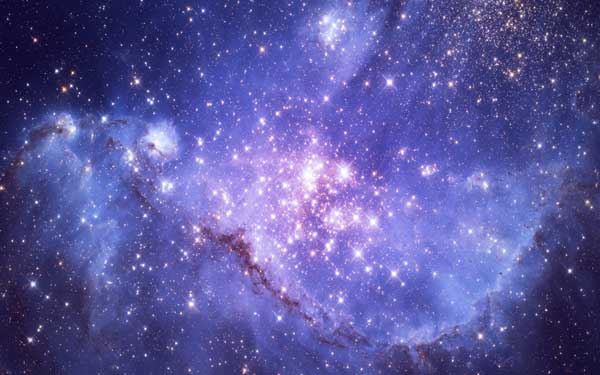Vera C. Rubin Observatory begins a new era of astronomy

[An image of a galaxy. Photo Credit to Public Domain Pictures]
In June 2025, the Vera C. Rubin Observatory released its first full-color panoramic view of the night sky, an achievement that astronomers describe as a landmark moment in the study of the universe.
At the heart of the observatory’s work is the LSST Camera, a 3,200-megapixel instrument that stands as the largest ever built for astronomy.
With it, the Rubin team captured dazzling images of deep-space regions such as the Trifid Nebula, famous for its three striking clouds of gas and dust.
Even in these early tests, the observatory has already demonstrated its extraordinary scientific capacity.
During just ten hours of observing, the Rubin observatory discovered over 2,000 previously unmapped asteroids, including seven near-Earth objects, none of which pose any threat.
This brief glimpse previews what is to come when the facility begins its full-scale scientific mission later in 2025.
That mission, the Legacy Survey of Space and Time (LSST), will scan the southern sky several nights per week for a decade.
The survey is expected to collect nearly 20 terabytes of data nightly, eventually building up a library of more than 500 petabytes.
By its conclusion, astronomers estimate Rubin will have cataloged about 40 billion celestial objects in the sky, ranging from stars and galaxies to asteroids and potentially interstellar guests.
As part of its release of the images, the observatory also introduced a new interactive tool for the public: Orbitviewer.
The web-based application allows users to explore the orbits of millions of Solar System objects in three dimensions.
With features such as time sliders, orbit filters, and real-time discovery updates, the platform is accessible from any device without downloads.
On smartphones, it displays about 16,000 objects, while desktop users can explore hundreds of thousands of orbits at once.
Educators, students, and amateur stargazers are expected to use it as both a learning aid and a way to follow new discoveries in real time.
Blending Rubin's original images with the Orbitviewer software is more than a scientific achievement, it is a revolution in what humanity can see and touch the universe.
The observatory will track fast-moving objects, capture transient events like supernovae, and play a central role in planetary defense by identifying potentially hazardous asteroids.
Besides its scientific promise, Rubin Observatory is making the universe accessible to a worldwide audience.
A tool such as Orbitviewer places discoveries at the fingertips of anyone curious about the night sky, a democratization of astronomy that scientists hope will inspire the next generation of researchers and educators.
Expectations for the future remain vast.
With its ability to monitor very subtle changes over the face of the sky as time goes by, Rubin Observatory has the potential to provide humanity with some of the very deepest insights into dark matter, galaxy formation, and the ultimate destiny of the universe.
As it comes online to full power, the observatory is not only observing the sky, it is rewriting what humanity believes it knows about it.

- Aiden Park / Grade 10 Session 9
- The Stony Brook School

![THE HERALD STUDENT REPORTERS [US]](/assets/images/logo_student_us.png)
![THE HERALD STUDENT REPORTERS [Canada]](/assets/images/logo_student_ca.png)
